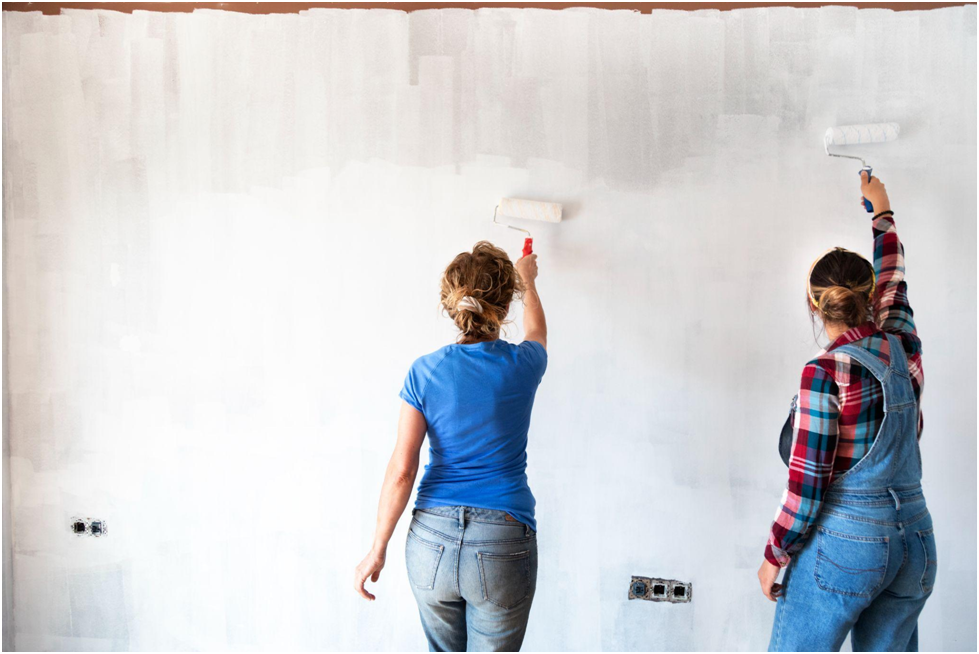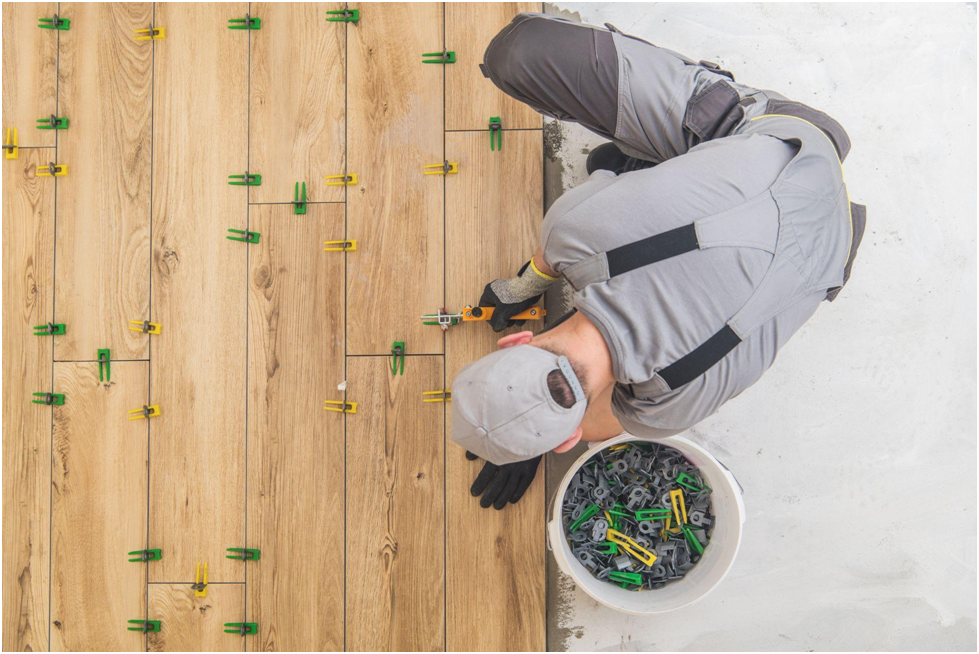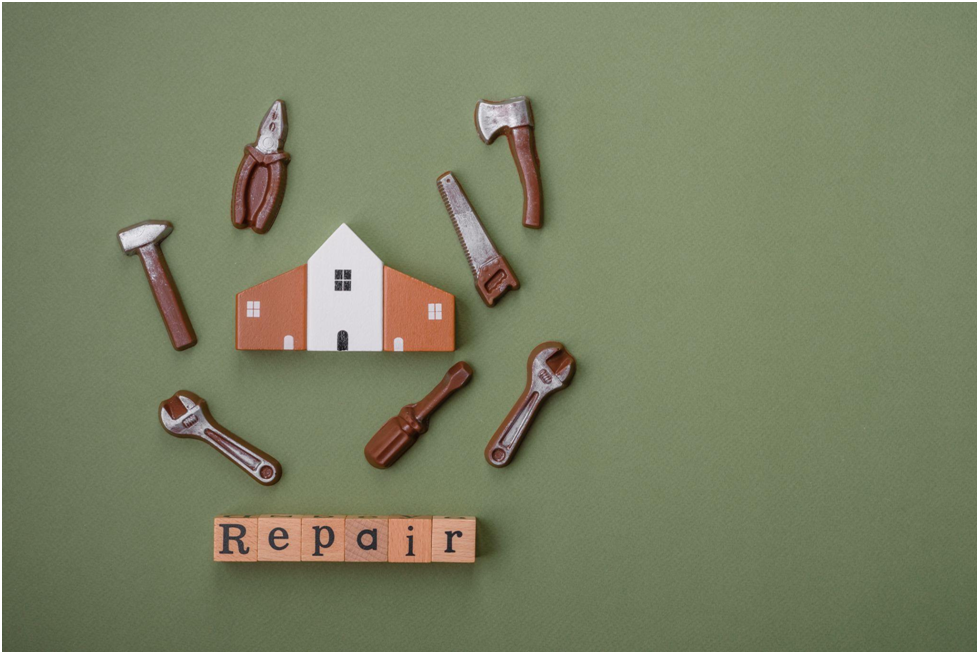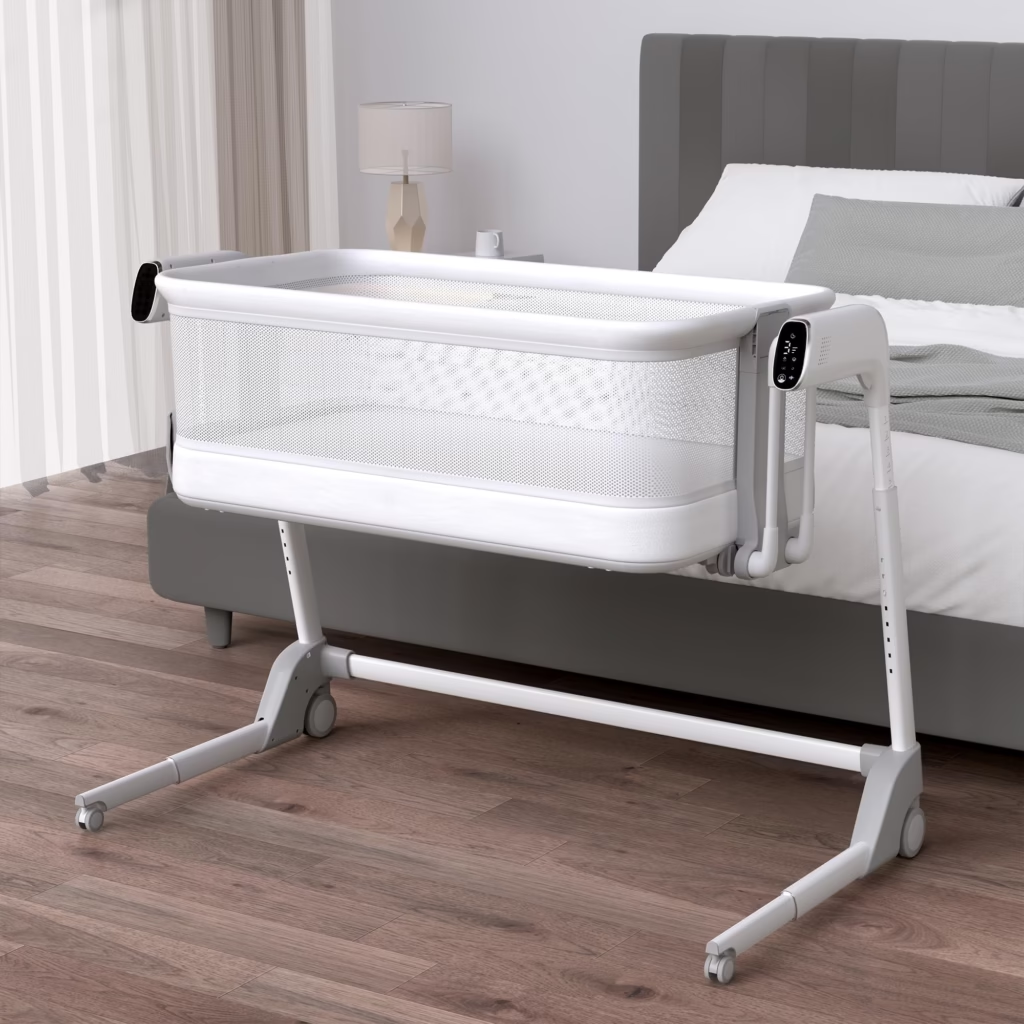When it’s time to sell your home, the big question always comes up: what should I fix before listing?
It’s tempting to think every repair adds value – that repainting, re-roofing, or remodeling will automatically raise your asking price. But that’s not always true. Some updates pay off, others just eat into your profits. The trick is knowing which is which.
Here’s a simple guide to help you decide which repairs are really worth doing before you sell – and which ones you can skip without regret.
1. Fix What Buyers Notice First
First impressions sell homes. Buyers make up their minds in minutes, and often before they even step inside. That’s why it’s smart to start with curb appeal.
A tidy lawn, fresh mulch, and trimmed shrubs make a bigger difference than you might think. So do small updates like repainting the front door, replacing a worn-out doormat, or fixing broken house numbers.
If the exterior looks neglected, buyers assume the inside will be too – even if it isn’t. That’s why professional home buyers, such as SleeveUp Homes, always pay close attention to a property’s curb appeal when assessing its value. A clean, cared-for exterior signals good maintenance throughout – and that’s something every buyer notices right away.
You don’t need to redo the siding or install new windows unless they’re damaged, but make sure everything looks clean and well cared for.
Worth it: Paint, landscaping, power washing, simple exterior repairs.
Skip it: Major exterior renovations unless there’s visible damage.
2. Prioritize the Big Five
There are a few things that always catch a buyer’s attention: the roof, plumbing, electrical system, HVAC, and foundation. These are the “big five” – and if any of them are in bad shape, buyers will either walk away or demand steep discounts.
If you know you’ve got leaks, wiring issues, or a failing furnace, deal with them before listing. Buyers love a home that feels “move-in ready,” especially in a competitive market.
That said, you don’t have to replace systems that still have life left in them. Get a professional inspection and repair what’s necessary, not everything all at once. A clean inspection report builds confidence – and often justifies a higher asking price.
3. Paint Is Cheap, Effective, and Almost Always Worth It

A fresh coat of paint is one of the easiest and most profitable upgrades you can make. Neutral colors like white, beige, or light gray help buyers picture themselves in the space and make rooms feel brighter.
It’s also a subtle signal that the home has been cared for. Even small touch-ups around door frames, baseboards, or scuffed walls can make a noticeable difference.
If you’re short on time or budget, focus on high-traffic areas – entryways, hallways, kitchens, and bathrooms. You’ll see a return on that effort almost immediately.
4. Kitchens and Bathrooms: Repair, Don’t Remodel
Kitchens and bathrooms sell houses – but full remodels rarely pay for themselves before a sale. Instead, go for light, focused updates.
Fix leaky faucets, replace outdated light fixtures, update cabinet hardware, or swap old shower curtains for glass or neutral fabric. Even small details, like a modern faucet or clean grout lines, can make these rooms look refreshed without spending thousands.
If your appliances work fine, don’t replace them unless they’re obviously old or mismatched. Buyers often prefer to choose their own after moving in.
5. Flooring: Repair the Eyesores

Floors are another area where condition matters more than perfection. Scratched hardwood, torn carpet, or cracked tiles stand out immediately – and make the rest of the house feel tired.
If your budget allows, refinish or repair damaged areas. For carpets, a deep clean might be enough to make them look new again. If you’re dealing with outdated linoleum or low-quality laminate, consider replacing it in key areas like the entryway or kitchen.
The goal isn’t to impress buyers with luxury flooring – it’s to remove any distractions that make them think “this needs work.”
6. Don’t Overspend on Personal Taste
One of the biggest mistakes sellers make is upgrading for themselves, not the buyer. Fancy backsplashes, trendy tiles, or designer fixtures might fit your taste – but not everyone else’s.
Buyers usually prefer a blank canvas. They want to imagine their own furniture and style in the space. Over-personalized renovations can make that harder and may even turn some people away.
Stick to clean, timeless choices. Focus on function and condition rather than personal flair.
7. The “Optional” Repairs That Depend on Market Conditions
If you’re selling in a hot market where homes get multiple offers, you can get away with doing less. Buyers may overlook small flaws to secure the deal. But in a slower market, minor issues suddenly matter.
Before you spend on repairs, talk to a real estate agent who knows your area. They’ll know what buyers are focusing on – and what they’re willing to overlook.
Some homeowners also turn to direct buyers when they want to skip the guesswork entirely. Companies like SleeveUp Homes can purchase properties as-is, letting sellers avoid the cost, time, and stress of repairs altogether. It’s not for everyone, but it’s worth considering if you want a fast, simple sale.
Skip These Every Time
Here are a few “upgrades” that almost never pay off before selling:
- Full kitchen remodels
- High-end bathroom overhauls
- Luxury landscaping or outdoor kitchens
- New flooring throughout the entire house
- Converting rooms for niche uses (like a home gym or bar)
They might look great in photos, but the cost usually outweighs the return – and buyers may prefer to make those changes themselves.
Final Thoughts
You don’t need a perfect home to make a strong sale – just one that looks cared for and functions well. Focus on small, high-impact repairs that improve first impressions, and skip the big projects that won’t pay off.
A few smart choices and a bit of effort go a long way. The goal isn’t perfection – it’s helping buyers see the home’s potential the moment they walk in.






